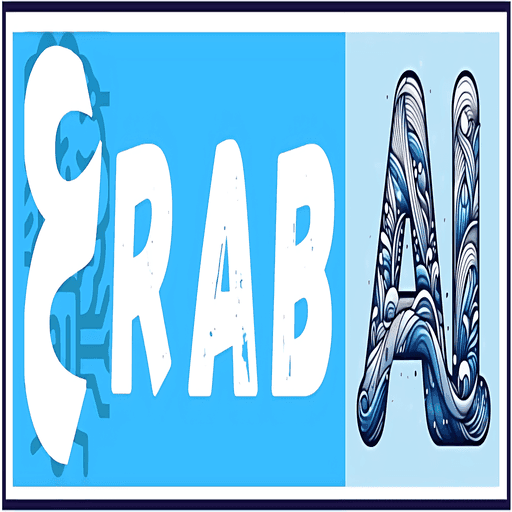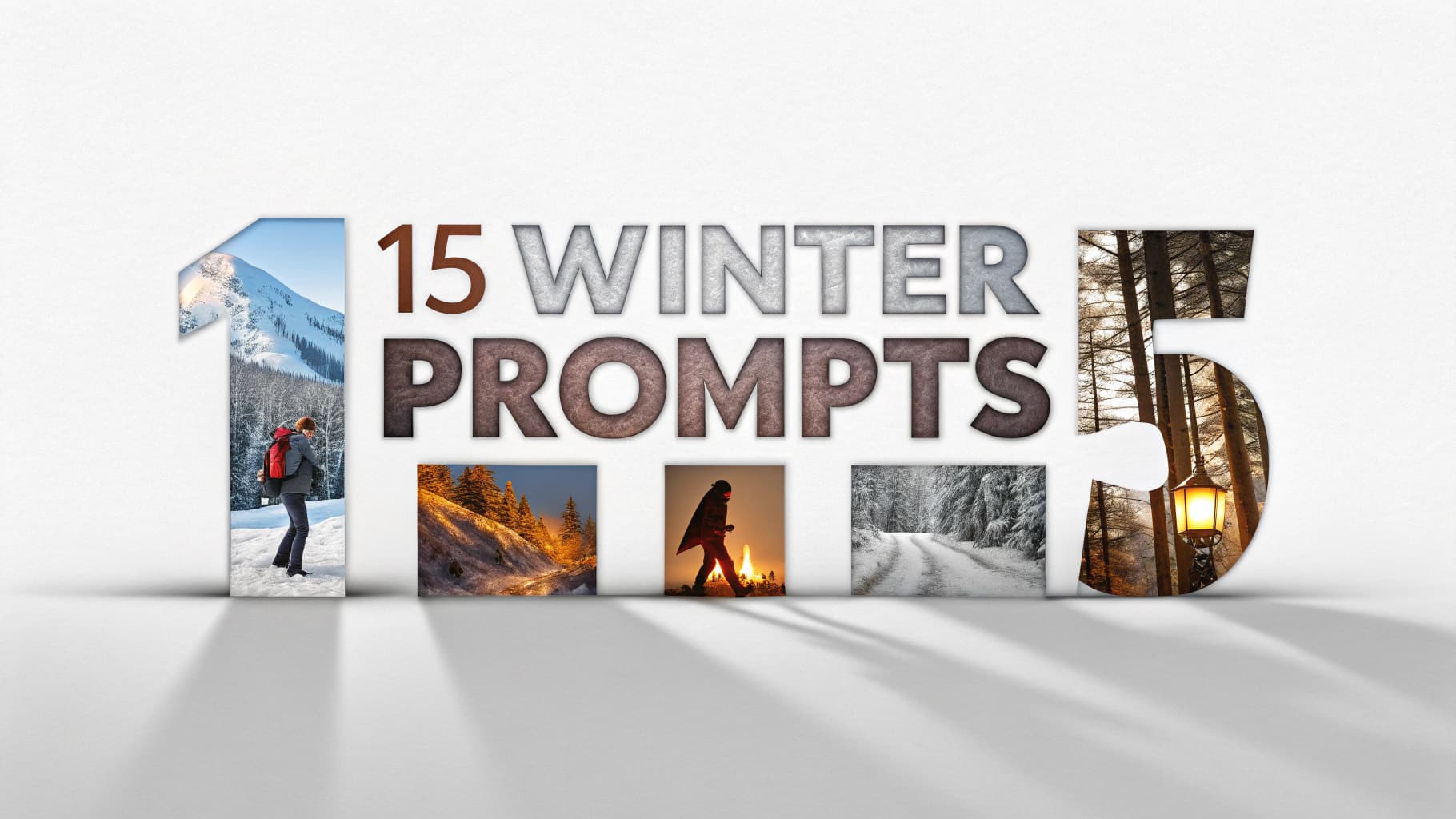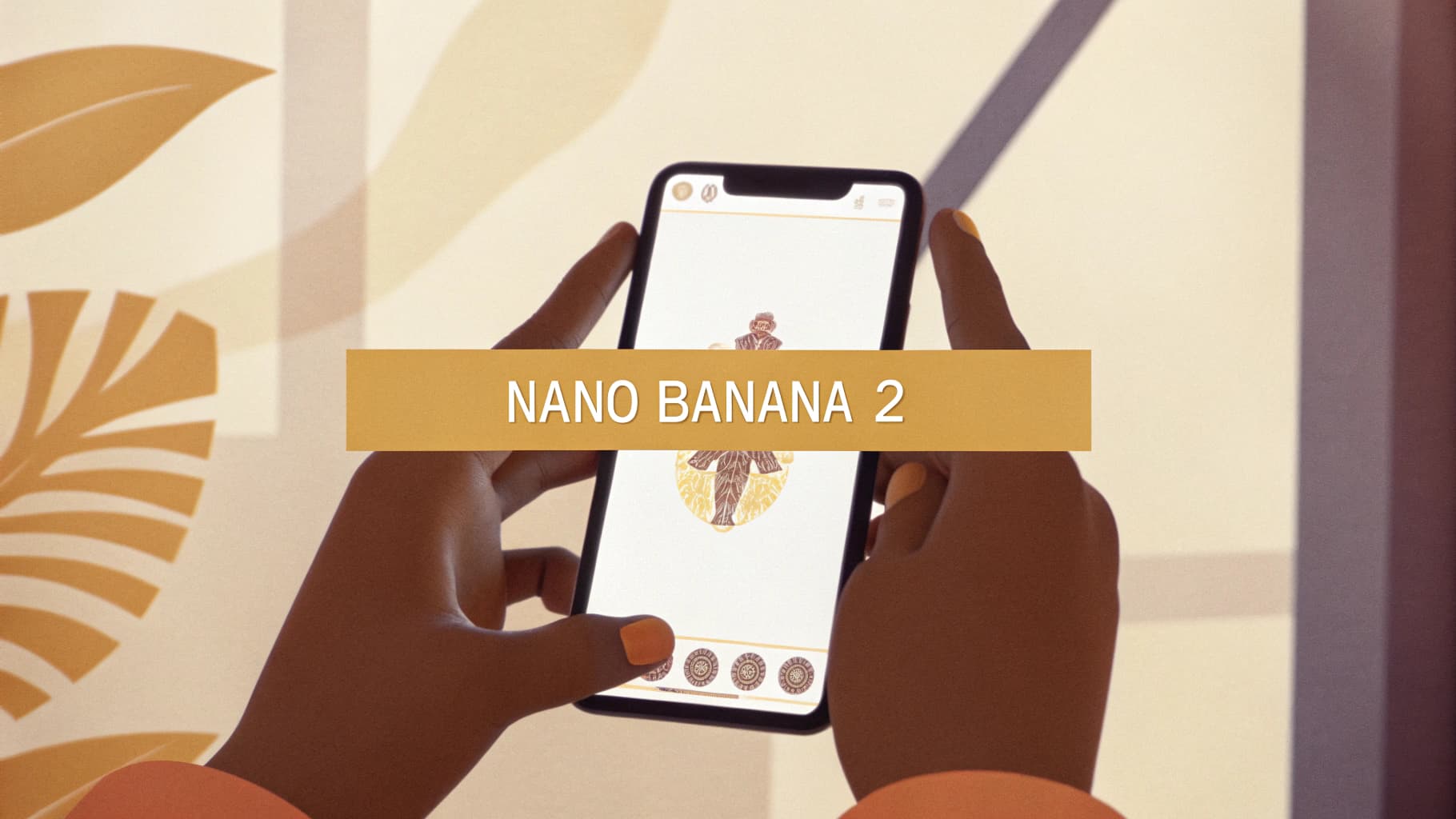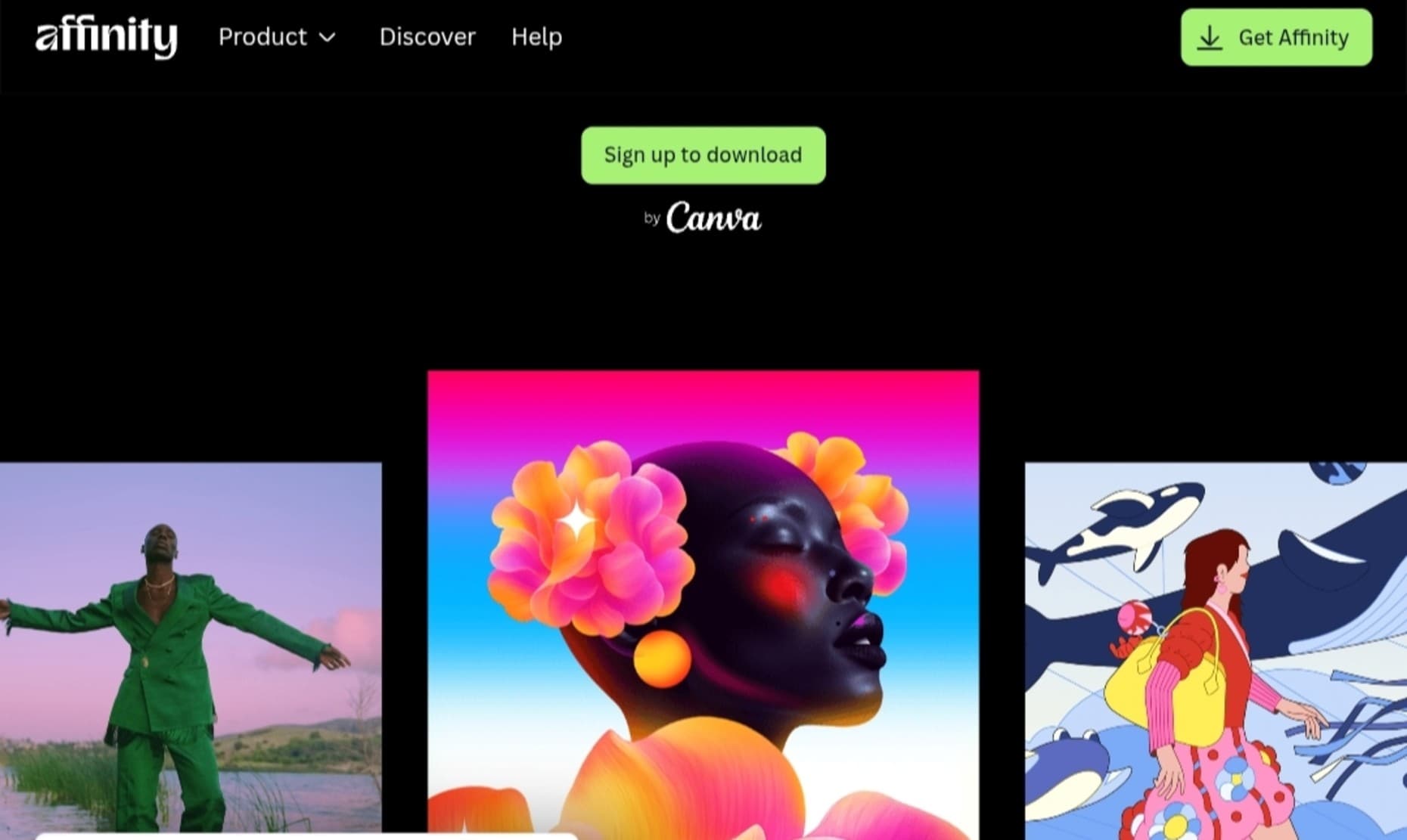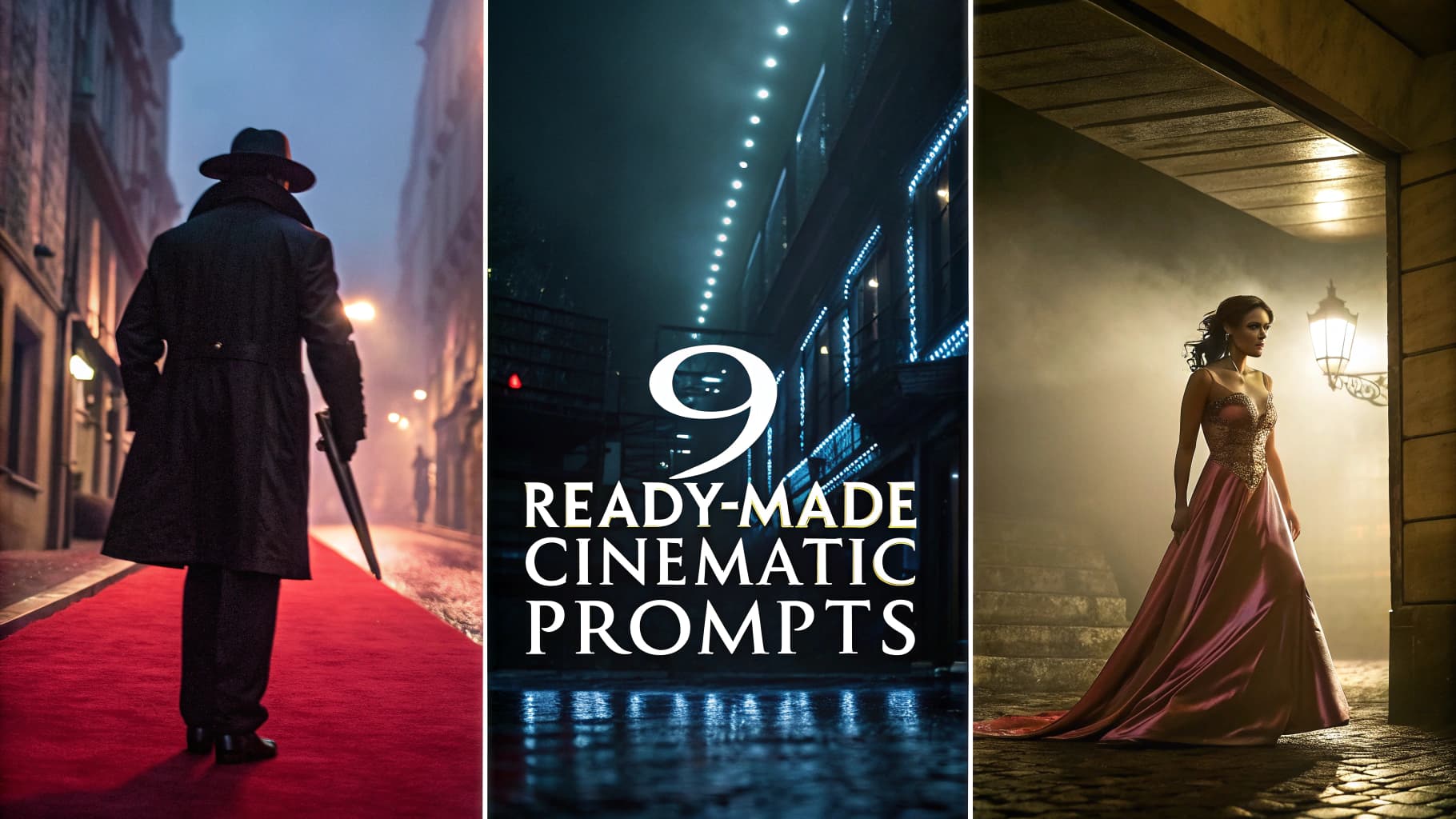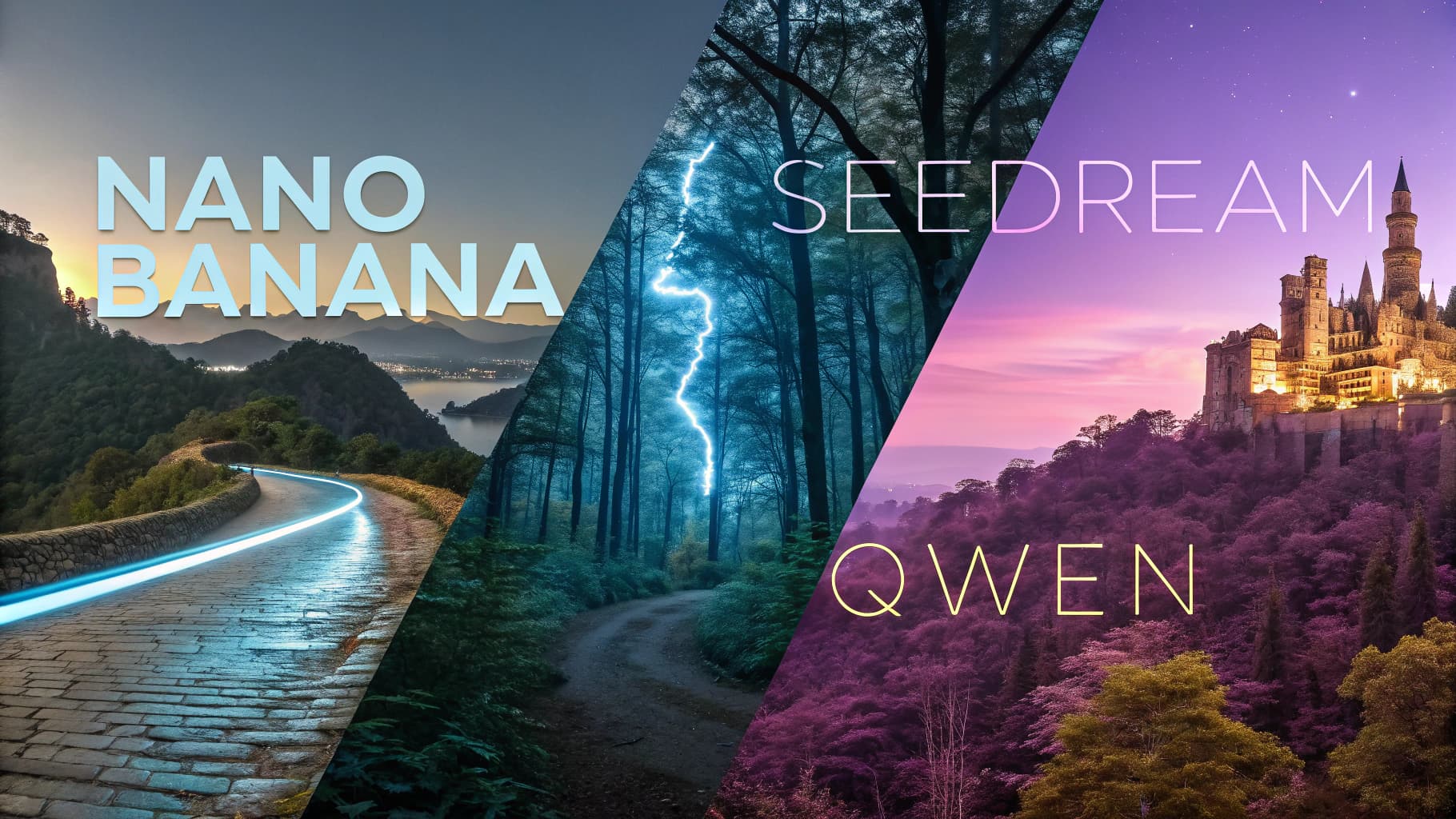
Nano Banana vs Seedream vs Qwen: A Practical Test of 2025’s Top AI Image Generators
Nano Banana vs. Seedream vs. Qwen: Your Guide to Choosing the Perfect AI Image Generator in 2025
The world of AI image generation has reached a new stage of maturity. The competition is no longer about simply creating attractive visuals, but about offering specialized tools that serve precise objectives. At the heart of this contest, three names stand out: Google’s Nano Banana, ByteDance’s Seedream, and Alibaba’s Qwen.
This article isn’t about crowning a single winner. Instead, it offers a clear guide, backed by a real-world test, to help you understand each tool’s design philosophy and choose the best option for your creative and professional needs.
Meet the Contenders: A Look at Their Core Philosophies
To understand the fundamental differences, each model is designed to achieve distinct goals:
1. Nano Banana (Google): Focuses on incredible speed and the ability to make edits through natural conversation. It’s the ideal tool for brainstorming sessions and iterating on ideas without the wait.
2. Seedream v4 (ByteDance): Prioritizes absolute quality. It’s engineered to produce images at up to 4K resolution while maintaining stunning character and style consistency across large batches, making it a favorite for major commercial projects.
3. Qwen-Image (Alibaba): Is distinguished by its attention to the smallest details and its exceptional ability to render text accurately within images-a task where many other models fail. It also supports a wide range of artistic styles, from realism to anime.
The Practical Test: Putting the Models Under the Microscope
To demonstrate these differences in action, we used a single, unified prompt to see how each model would handle the same complex creative task.
The Prompt:
“A photo of an elderly librarian sitting in a futuristic library lit by neon lights at night. He is smiling gently, looking at a glowing holographic book in his hands. In the background, a neon sign clearly says: ‘Knowledge illuminates the future’. The style should be a blend of photorealism with a cinematic sci-fi touch.”
1. Nano Banana’s Result: Grand Vision & Majestic Composition
Analysis: Nano Banana delivered an impressive response, successfully rendering the text with perfect clarity. However, it took creative liberties with the prompt, presenting a sweeping view of a multi-story library and a man who appears more formal and is standing confidently rather than sitting with a gentle smile. This model tends to build a complete “world,” focusing on the grandeur of the scene.

2. Seedream’s Result: Cinematic Quality & Artistic Interpretation
Analysis: Seedream’s strength in cinematic quality and realistic detail is immediately apparent. The model brilliantly rendered the text but offered its own artistic interpretation by replacing the elderly man with an elderly woman seated at a desk. This result confirms that Seedream prioritizes the final image’s aesthetic appeal, even if it means altering a few details from the prompt.
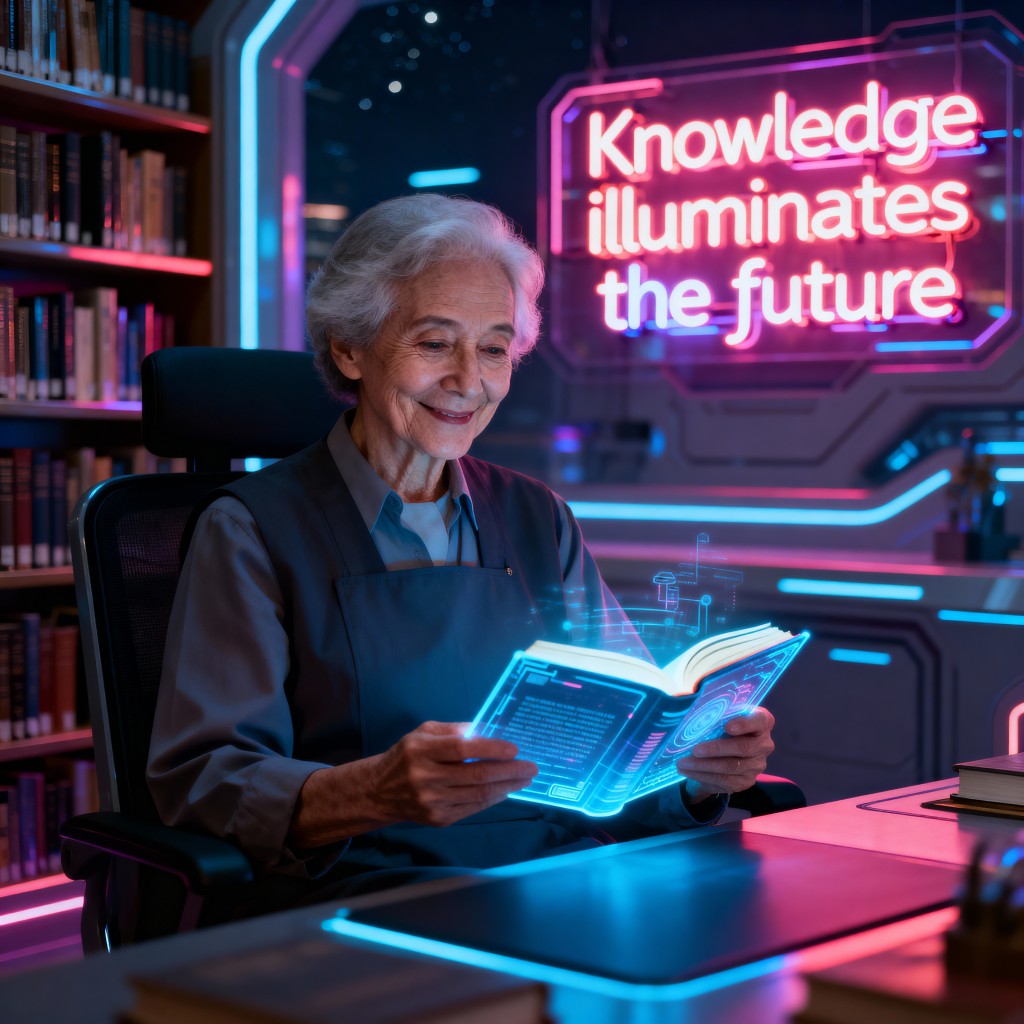
3. Qwen’s Result: Absolute Precision & Literal Adherence
Analysis: Qwen proved to be the most disciplined and precise model. The result is a near-perfect, literal translation of the prompt: the text is flawless, the elderly man is sitting with a gentle smile, and the holographic book is in his hands exactly as requested. This outcome makes it the most reliable tool for anyone whose project requires meticulous execution of details.
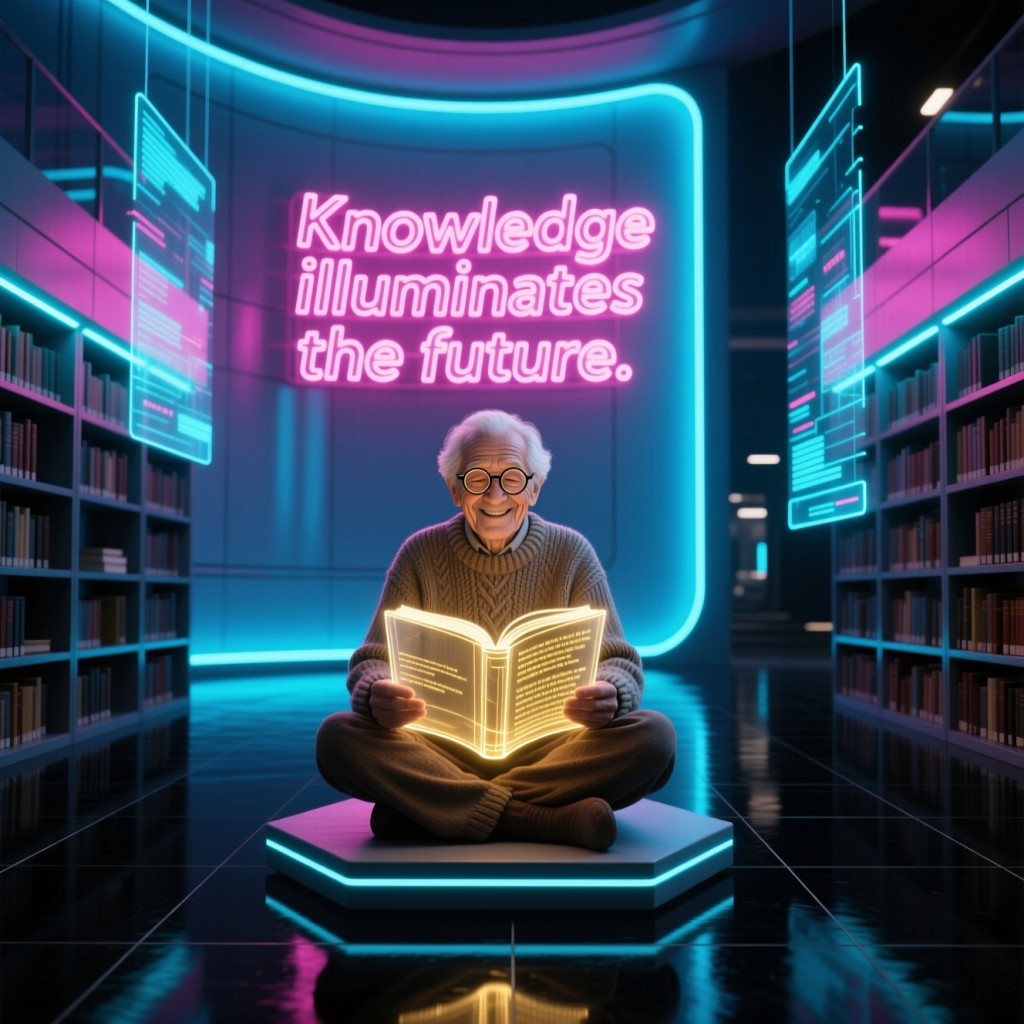
The Head-to-Head Breakdown: Where Each Model Shines
Based on these results, we can analyze how each tool performs across different criteria.
1. Image Quality and Resolution
Seedream clearly takes the lead here. Its ability to produce images nearing 4K quality puts it in a class of its own, making it suitable for professionals who need high-quality assets for print or large displays. Qwen, in comparison, offers up to 2K resolution-excellent for digital art and medium-sized prints.
Nano Banana focuses on speed, with a standard resolution around 1024×1024 pixels, which is perfectly sufficient for social media and fast-paced digital content.
2. Prompt Adherence and Creative Control
Here, the approaches vary significantly. Qwen follows instructions to the letter, making it the ideal choice for users who want complete control and an exact translation of their vision.
Nano Banana, on the other hand, excels at interactive dialogue; you can ask for iterative changes like “change the background color” or “add a sleeping cat,” and it responds quickly, making it perfect for developing an idea step-by-step.
Seedream is adept at understanding emotional context and abstract concepts, capable of producing realistic images that carry genuine feeling.
3. Text Handling: A Defining Feature
Many reviews have highlighted Qwen’s historic strength in solving one of AI generation’s biggest challenges: rendering text.
While other models often produce garbled text, Qwen can create logos and posts with clear, coherent language.
Our test confirmed this, but surprisingly, both Nano Banana and Seedream also performed exceptionally well, indicating a massive leap forward for all top-tier models in this area.
4. Consistency Across Images
When you need to create a series of images with the same character or style, Seedream excels at maintaining a cohesive visual identity, from facial features to lighting.
Qwen shares this strength, with a special focus on layout and element consistency. Nano Banana, by contrast, is designed to maintain consistency during iterative edits on a single image but may not have the same power to replicate a character with perfect accuracy across entirely new generations.
The Verdict: The Right Tool for the Right Job
Instead of asking which tool is “best,” the right question is: which tool is “best for your project?”
Choose Nano Banana if:
1. You are a content creator who needs rapid visual ideas for social platforms.
2. You value speed and brainstorming capabilities over absolute precision.
3. You work primarily from your phone and prefer making edits via conversation.
Choose Seedream if:
1. You are a photographer or work at a creative agency that demands 4K-quality assets.
2. You need to produce large batches of images while maintaining a consistent visual brand.
3. Your project requires hyper-realism, such as for product showcases or cinematic scenes.
Choose Qwen if:
1. You are a graphic designer or marketer who needs to integrate text and logos into your images.
2. Your artistic vision is highly specific and requires a tool that follows your instructions with rigorous accuracy.
3. You are working on artistic projects that demand diverse styles like anime or fantasy art.
Ultimately, we live in an exciting era where tools have become more specialized and intelligent. Real power no longer lies in having a single hammer, but in owning a full toolbox-and knowing exactly which tool to pick for the job at hand.
